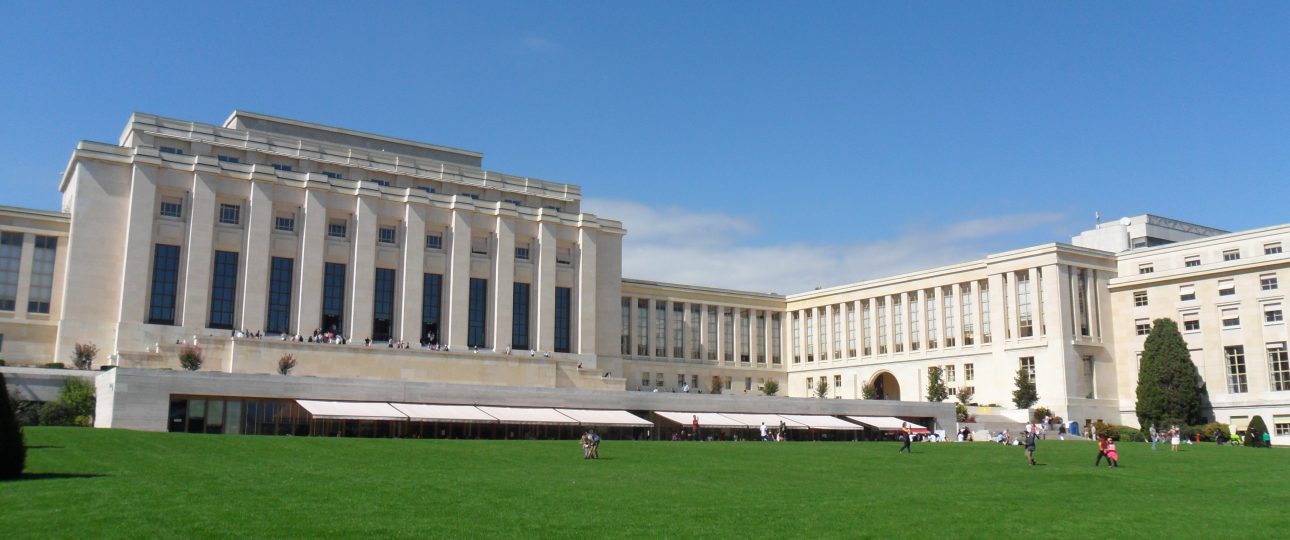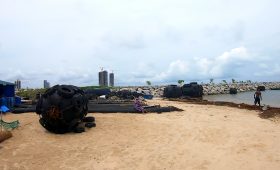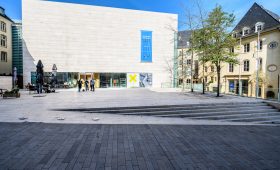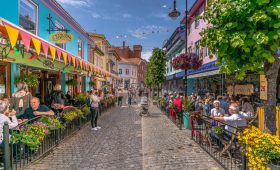Introduction to the Palace of Nations
The Palace of Nations in Geneva, Switzerland, is a prominent symbol of international diplomacy and peacekeeping. Originally constructed to serve as the headquarters for the League of Nations, it now functions as the European headquarters of the United Nations. This historic site not only plays a crucial role in global affairs but also offers visitors a glimpse into its rich history, cultural significance, and impressive architecture.
Historical Significance
Inaugurated in 1938, the Palace of Nations has been at the forefront of international cooperation efforts. Here are some key historical milestones:
- 1920: The League of Nations was established after World War I to promote peace and cooperation.
- 1938: The Palace was officially opened, designed by a team of architects including Carlo Broggi, Julien Flegenheimer, and others, on the grounds of the former Ariana Park.
- 1946: The United Nations took over the premises following the League of Nations’ dissolution.
This historical context underscores the Palace’s role as a cornerstone in the pursuit of global peace and diplomacy.
Architectural Features
The Palace of Nations is renowned for its architectural grandeur and expansive grounds. Notable features include:
- Grand Scale: Spanning an area of 80,000 square meters, it is one of the largest diplomatic complexes worldwide.
- Elegant Interiors: The Assembly Hall is a highlight, featuring a ceiling painted by José Maria Sert.
- Gardens and Grounds: The surrounding park is adorned with sculptures and artworks donated by various countries, symbolizing international friendship.
- UN Flag Plaza: This plaza displays the flags of all member states, representing global unity.
Exploring the Palace’s halls offers a unique perspective on the history of international diplomacy.
Visiting the Palace of Nations
Best Time to Visit
The ideal times to visit are during spring (April to June) and fall (September to October) when Geneva enjoys mild weather, perfect for sightseeing. These seasons also tend to be less crowded than the summer months.
How to Get There
Reaching the Palace of Nations is straightforward:
- By Air: The nearest airport is Geneva International Airport, with connections to major global cities.
- By Train: Gare Cornavin, Geneva’s main train station, offers frequent services from Swiss cities and neighboring countries.
- Public Transport: From the train station, tram line 15 takes you directly to the Palace of Nations.
Local Transportation
Geneva boasts an efficient public transport system, including trams, buses, and trains:
- Trams: The tram network is extensive, with stops near the Palace.
- Buses: Buses complement the tram system, providing access to more remote areas.
- Walking and Biking: Geneva is pedestrian-friendly, and biking along the lakeside paths is a delightful way to explore.
Guided Tours and Visitor Information
To fully appreciate the Palace of Nations, consider joining a guided tour:
- Tour Duration: Tours typically last about 90 minutes.
- Languages Offered: Available in multiple languages, including English, French, and Spanish.
- Booking: It’s advisable to book in advance, especially during peak tourist seasons.
Guided tours offer insights into the building’s history and its role in international relations.
What to Expect on a Tour
During your visit, you can explore:
- The Assembly Hall: A venue for global discussions on pressing issues.
- The Council Chamber: A beautifully designed room for negotiations.
- The Human Rights and Alliance of Civilizations Room: Known for its stunning ceiling mural reflecting harmony.
Each space within the Palace is a testament to ongoing efforts for peace and cooperation.
Cultural Experiences Around the Palace
While visiting, explore the surrounding area rich in culture and history:
- Parc de l’Ariana: Adjacent to the Palace, offering serene paths and views of Lake Geneva.
- International Red Cross and Red Crescent Museum: Nearby, this museum provides insights into global humanitarian efforts.
- The Jet d’Eau: An iconic Geneva landmark, this fountain is a must-see.
These experiences enhance your understanding of Geneva as a hub for diplomacy and humanitarian efforts.
Practical Travel Tips
Ensure a smooth visit with these tips:
- Entry Requirements: Check visa requirements for Switzerland based on your nationality.
- Security Checks: Be prepared for security screenings at the entrance; avoid large bags.
- Photography: Allowed in certain areas; be mindful of restrictions.
Being prepared will enhance your overall experience at this historic site.
Summary of Key Facts
- The Palace of Nations is located in Geneva, Switzerland.
- It was inaugurated in 1938 and serves as the European headquarters for the United Nations.
- The Palace covers an area of 80,000 square meters.
- The best times to visit are during spring (April to June) and fall (September to October).
- Transportation options include tram, bus, and walking; tram line 15 goes directly to the Palace.
- Guided tours are available and should be booked in advance.
- Nearby attractions include Parc de l’Ariana, the International Red Cross Museum, and the Jet d’Eau.
Conclusion
The Palace of Nations is more than just a building; it is a beacon of hope, dialogue, and international collaboration. Whether you are a history enthusiast, an architecture admirer, or simply looking to broaden your horizons, a visit to this iconic location offers an enriching experience. Pack your bags and embark on a journey to explore the heart of global diplomacy in beautiful Geneva!




